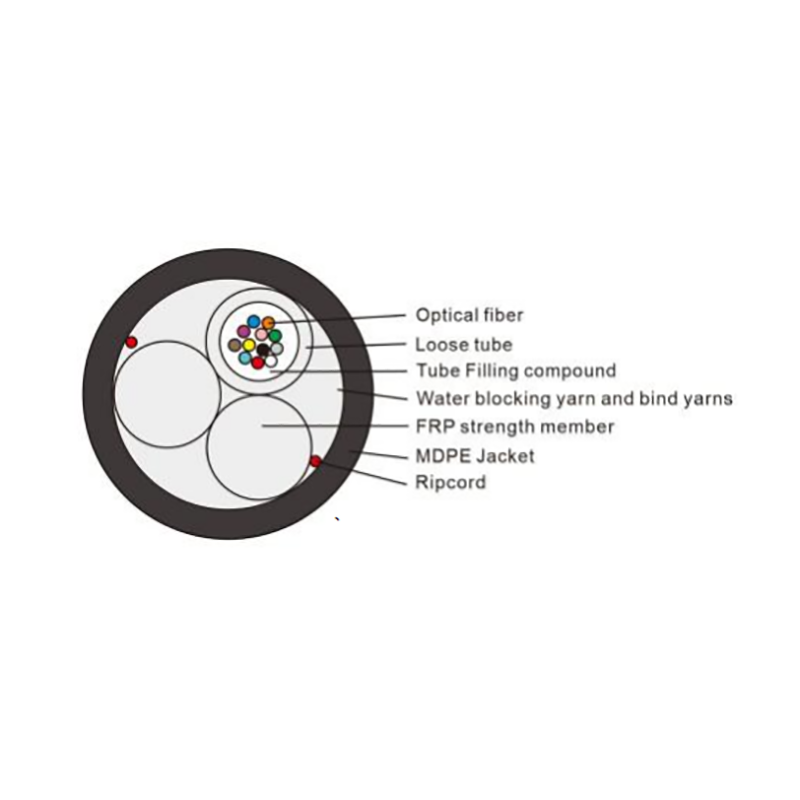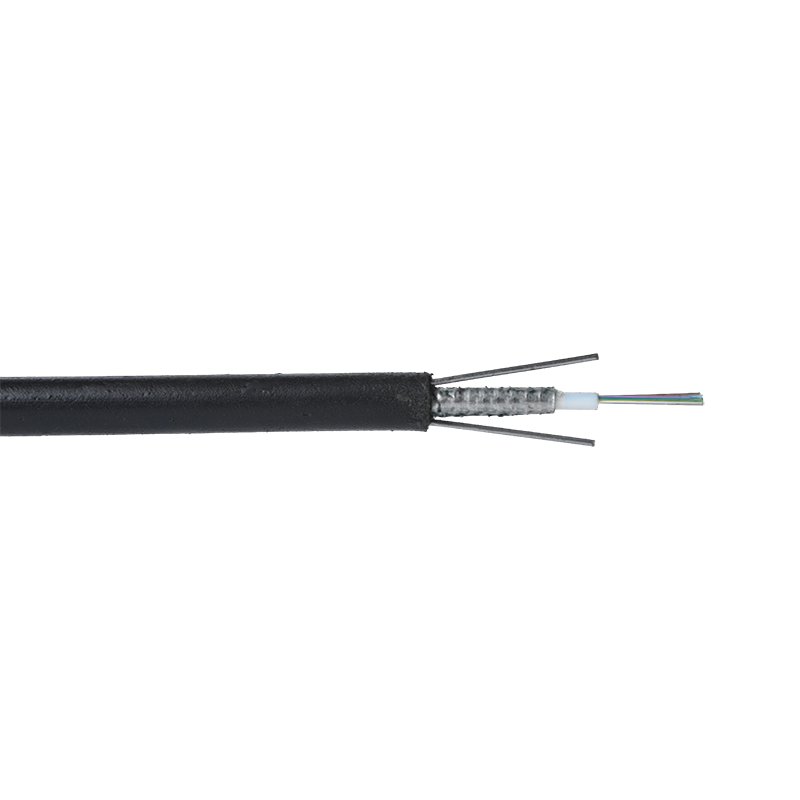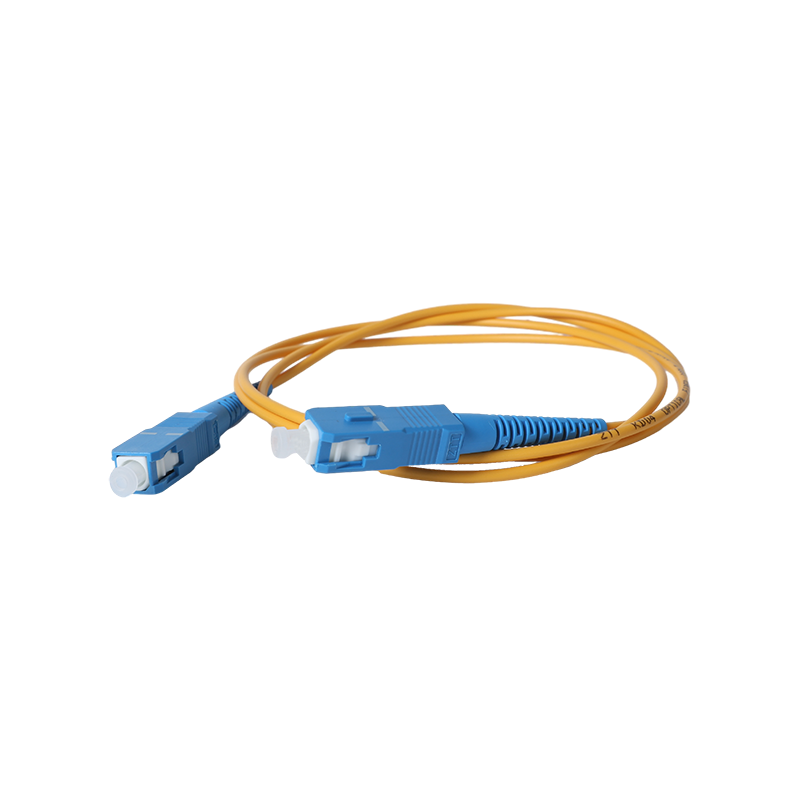How do indoor optical cables handle issues such as fire safety and environmental resistance?
In our increasingly connected world, indoor optical cables have become the backbone of high-speed internet and data transmission in homes and businesses. However, with the rise of technology comes the responsibility to ensure safety and durability.
Fire Safety: A Top Priority
When it comes to fire safety, indoor optical cables are designed with specific materials and construction techniques that minimize fire hazards. Most indoor optical cables utilize low-smoke, zero-halogen (LSZH) materials. These materials are engineered to produce minimal smoke and toxic gases in the event of a fire, thus ensuring the safety of occupants and first responders.
According to the National Fire Protection Association (NFPA), fires in buildings account for a significant percentage of fire-related incidents. By using LSZH cables, the risk of smoke inhalation and the spread of flames are drastically reduced. Moreover, many indoor optical cables are also tested for flame propagation according to stringent standards such as the UL 1666 test, which evaluates how far flames can travel along the cable. This ensures that the cables meet or exceed safety requirements before they are installed in commercial or residential settings.
Environmental Resistance: Built to Last
Indoor optical cables are often exposed to various environmental factors, including temperature fluctuations, moisture, and physical stress. To combat these issues, manufacturers employ several strategies to enhance the durability and performance of these cables.
For instance, many indoor optical cables come with robust outer jackets made from materials like PVC or polyethylene. These materials not only provide mechanical protection but also resist damage from moisture and chemicals, making them suitable for a variety of indoor environments. Furthermore, cables designed for areas with high humidity or temperature variations may feature specialized coatings that enhance their resistance to environmental stressors.
Additionally, the deployment of indoor optical cables often takes place in areas where they can be subjected to physical wear and tear, such as office spaces or event venues. Therefore, cables are often reinforced with Kevlar or other strength-enhancing materials to withstand bending, pulling, and other physical stresses. This level of durability ensures that the cables maintain their performance over time, reducing the need for frequent replacements or repairs.

Compliance and Certification
To ensure that indoor optical cables meet industry standards for fire safety and environmental resistance, they often undergo rigorous testing and certification processes. Organizations such as Underwriters Laboratories (UL) and the International Electrotechnical Commission (IEC) provide guidelines and standards that manufacturers must adhere to.
For example, UL certification involves comprehensive testing that assesses the cable's performance in fire scenarios, while IEC standards focus on environmental and mechanical durability. These certifications not only bolster consumer confidence but also provide a framework for manufacturers to improve their products continuously. When choosing indoor optical cables, look for these certifications to ensure you are selecting a safe and reliable option.
Indoor optical cables play a crucial role in modern communication systems, but their effectiveness goes beyond mere data transmission. Fire safety and environmental resistance are paramount considerations in their design and manufacturing. By utilizing low-smoke materials, undergoing stringent testing, and ensuring compliance with international standards, manufacturers create cables that are not only efficient but also safe for users.
As technology continues to evolve, so too will the standards for indoor optical cables. By staying informed and choosing the right products, consumers and businesses can enjoy the benefits of high-speed connectivity without compromising on safety or durability.



 English
English русский
русский Español
Español عربى
عربى 中文简体
中文简体




















